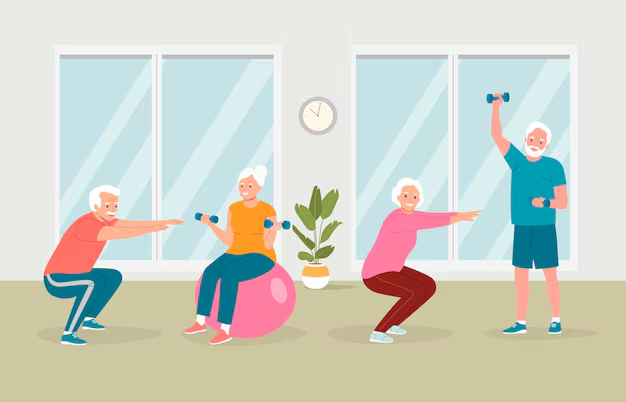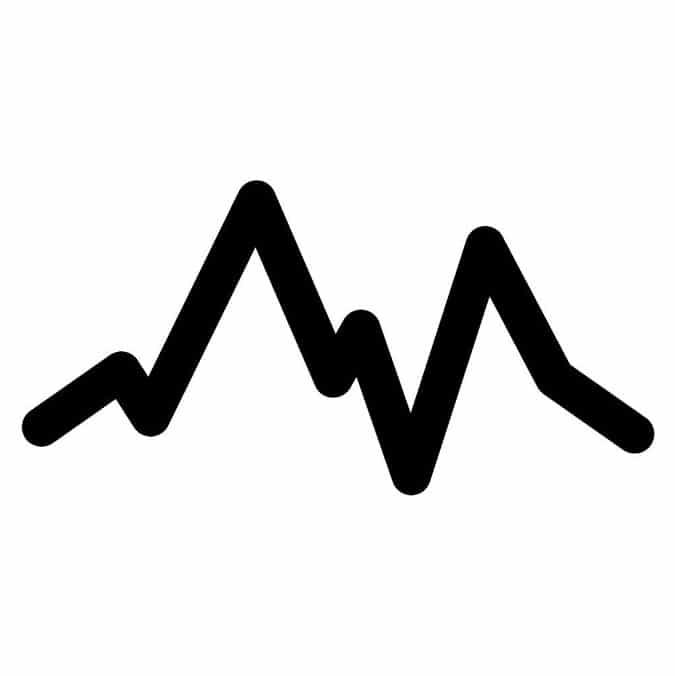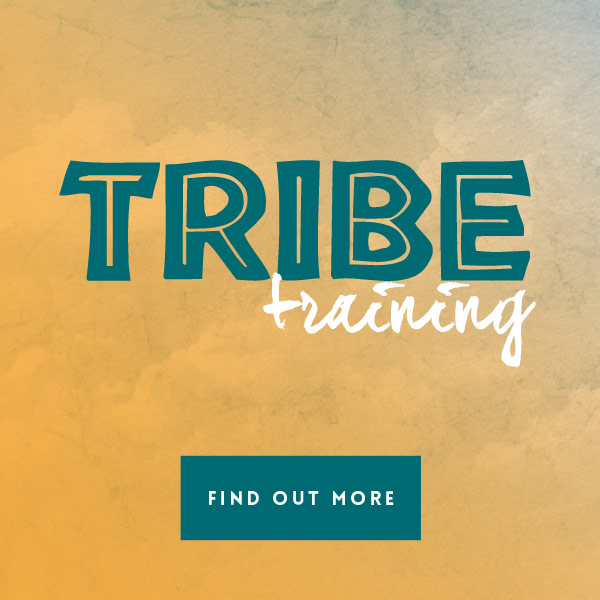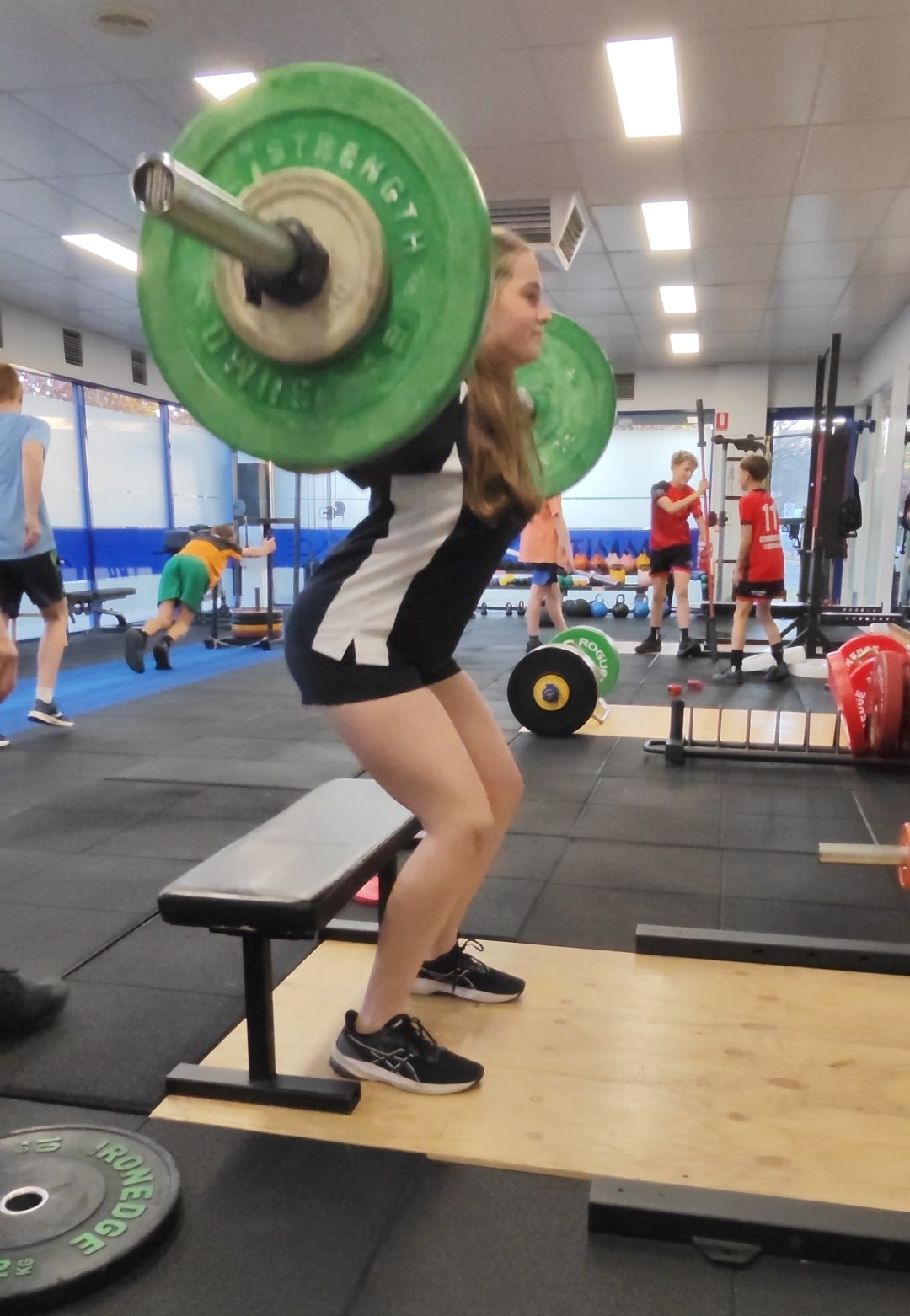The Importance of Movement Patterns in a Functional Strength Program
A functional strength program is designed not just to make you look good but to enhance your ability to perform everyday activities with ease and efficiency. To achieve this, it is crucial to base the program on a comprehensive set of movement patterns, encompassing both bilateral and unilateral versions. In this blog post, we’ll explore why focusing on the squat, hinge, lunge, push, pull, and rotate movement patterns is essential for a well-rounded functional strength program.
The Squat: Foundation of Lower Body Strength
The squat is a fundamental movement pattern that targets the muscles of the lower body, including the quadriceps, hamstrings, glutes, and calves. Incorporating both bilateral and unilateral squat variations ensures a comprehensive activation of muscles while promoting balance and stability.
Benefits:
Develops lower body strength and power
Enhances mobility in the hips, knees, and ankles
Improves core stability and balance
The Hinge: Unlocking Hip Dominance
The hinge movement pattern primarily targets the posterior chain, engaging muscles such as the hamstrings, glutes, and lower back. It is crucial for activities involving hip extension, like lifting objects from the ground or performing explosive movements.
Benefits:
Strengthens the posterior chain for improved posture
Enhances hip mobility and flexibility
Promotes power development for athletic performance
The Lunge: Unilateral Stability and Mobility
Lunges introduce unilateral movement, emphasising stability and balance on each leg independently. This pattern targets the quads, hamstrings, glutes, and calves while challenging the core to maintain equilibrium.
Benefits:
Addresses muscle imbalances between legs
Improves flexibility and range of motion
Enhances proprioception and balance
The Push: Upper Body Strength and Stability
The push movement pattern involves actions like pressing or pushing objects away from the body. This engages the muscles of the chest, shoulders, and triceps. Including both bilateral and unilateral push variations ensures a well-rounded upper body development.
Benefits:
Builds upper body strength and muscle mass
Enhances shoulder stability and joint health
Fosters functional pressing strength for daily tasks
The Pull: Building a Robust Back
Contrary to the push, the pull movement pattern involves actions that bring objects closer to the body. This includes exercises like rows and pull-ups, targeting the muscles of the upper back, biceps, and rear deltoids. Balancing push and pull movements is essential for overall muscular development and joint health.
Benefits:
Develops a strong and well-defined back
Promotes balanced muscle engagement in the upper body
Improves posture and reduces the risk of shoulder injuries
Rotation: Unleashing Core Power
Rotation is a crucial but often overlooked movement pattern that involves twisting the torso. Whether it’s swinging a golf club or reaching for an item behind you, rotational strength is essential for daily activities. Incorporating both bilateral and unilateral rotation exercises ensures a comprehensive approach to core development.
Benefits:
Strengthens the obliques and transverse abdominis
Enhances spinal mobility and flexibility
Improves overall core stability
Bilateral vs. Unilateral Movements: Finding Balance
Balancing bilateral (using both limbs simultaneously) and unilateral (isolating each limb independently) movement patterns is vital for addressing asymmetries, promoting joint health, and ensuring functional strength across all planes of motion.
Benefits:
Identifies and corrects muscle imbalances
Enhances stability and proprioception
Mimics real-life scenarios where unilateral actions are common
The squat, hinge, lunge, push, pull, and rotate form the building blocks of a well-rounded training routine, addressing strength, mobility, stability, and balance.
By incorporating both bilateral and unilateral variations of these movements, we create a dynamic and adaptable foundation that prepares us for the challenges of daily life.
So here’s to another year of movement, growth, and achieving functional strength that transcends the gym, making every day a celebration of vitality and well-being.




